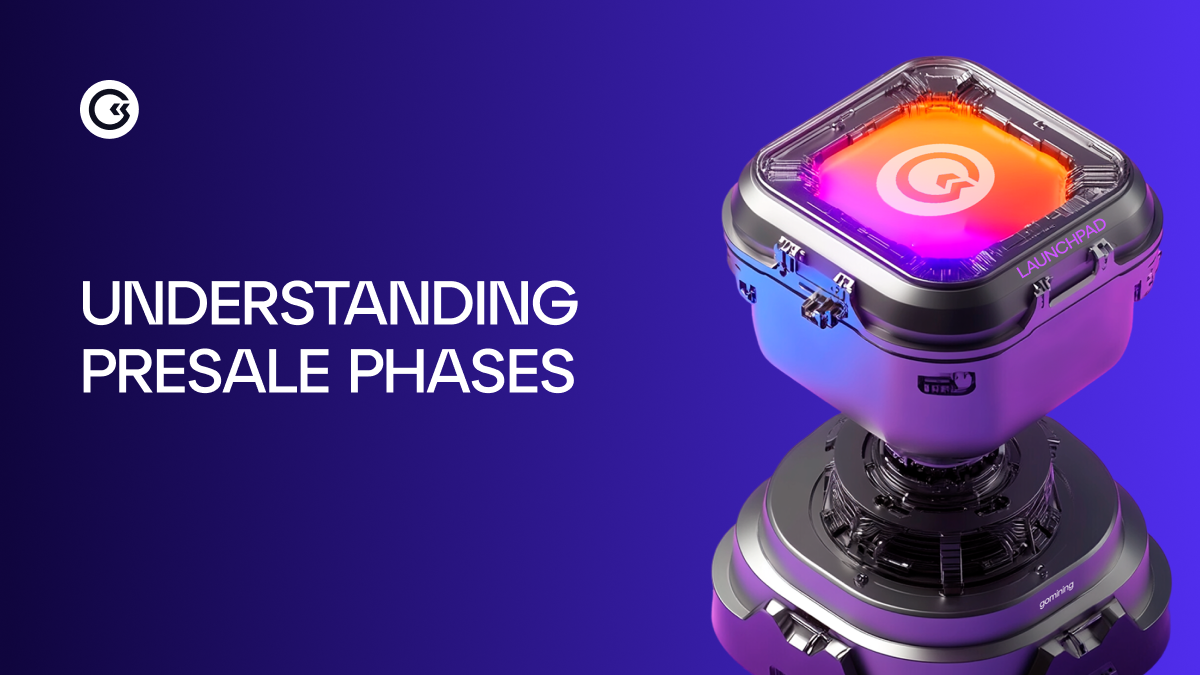Imagine opening your phone in the morning and seeing that a digital asset you own — something that exists entirely online — has gone up in value overnight. Or discovering a way to earn a steady trickle of extra income just by holding onto those assets. That’s the pull of cryptocurrency: it’s part technology, part finance, and part adventure.
For some people, it’s like discovering a whole new playground for money — full of strategies, tools, and opportunities they never knew existed. For others, it’s a puzzle to solve: figuring out how these digital coins work, why their prices jump around so much, and how to use that movement to your advantage. And for plenty of newcomers, it’s still a mysterious world that feels exciting but slightly intimidating.
So, you may be wondering, is this blog really going to tell you how to make money from cryptocurrencies? Here’s the thing: crypto isn’t a one-size-fits-all game. You can approach it in quick bursts that aim for short-term gains, or you can set up slow-burn strategies designed to grow over years. Each style has its own rewards, risks, and quirks — and understanding them can make all the difference between a lucky guess and an informed decision. Many beginners start by learning simple crypto trading strategies before moving on to more complex approaches that require advanced tools and higher risk tolerance.
In this guide, we’ll get into short-term cryptocurrency strategies like day trading cryptocurrencies, swing trading crypto, and arbitrage trading crypto — the active approaches for people who like to stay close to the action. Then we’ll move to long-term cryptocurrency strategies such as the HODLing strategy, staking cryptocurrencies, yield farming crypto, and ICO and IDO projects — options built for patience, compounding, and playing the long game.
And just so we’re clear: this isn’t a “get rich quick” scheme, and it’s definitely not financial advice. Think of this guide as a step-by-step walkthrough — something to help you understand the options out there, so you can make informed choices if you decide to explore this space.
Short-Term Strategies to Make Money from Cryptocurrencies

If crypto was a sport, short-term strategies would be the high-speed, high-adrenaline events. They’re for people who like to stay on their toes, watching the action closely and making quick, decisive moves. In this world, opportunities can appear — and disappear — in minutes. A coin’s value might spike because of a breaking news story, a sudden change in market sentiment, or even a single tweet.
The goal here is simple: use those fast changes to your advantage. That could mean spotting a price that’s about to rise and getting in before it does, or selling before a drop takes hold. The catch? Speed cuts both ways. You can land quick wins, but you can also see losses just as fast.
Short-term cryptocurrency strategies take focus, discipline, and a willingness to keep learning. They aren’t about guessing — they’re about recognizing patterns, understanding the tools available, and knowing when to step back. In the sections ahead, we’ll break down the main approaches: day trading cryptocurrencies, swing trading crypto, arbitrage trading crypto, and margin trading in crypto — each with its own style, rhythm, and risk level.
A. Day Trading
Day trading cryptocurrencies means buying and selling within the same day to take advantage of short-term price movements. In the crypto space, this can be even more intense than in traditional markets, because prices can shift dramatically within hours.
To start, most day traders rely on technical analysis — looking at patterns in charts and using indicators to predict where prices might move next. Some also use trading bots to automate decisions.
Risks and rewards: You can make quick profits, but it requires discipline, a well-tested plan, and the ability to accept losses when they happen. Emotional decision-making is the fastest way to burn through your funds.
B. Swing Trading
While day trading focuses on tiny price changes over hours, swing trading crypto is about capturing larger moves over days or weeks. The idea is to spot trends early and ride them until momentum shifts.
Swing traders use a mix of technical analysis and fundamental analysis (looking at news, project developments, and market sentiment) to make decisions. This strategy is less frantic than day trading but still demands regular attention.
Risks and potential profits: You’re less exposed to minute-by-minute volatility, but a bad call on trend direction can still wipe out gains.
C. Arbitrage Trading
Arbitrage trading crypto is the art of taking advantage of price differences between exchanges. For example, if Bitcoin is trading slightly higher on one exchange than another, you buy on the cheaper one and sell on the pricier one.
There are platforms and bots that help track these opportunities, but competition is fierce — other traders (and algorithms) are looking for the same gaps.
Risks: Fees and transfer times can eat into your profits, and prices can change before your transaction completes.
D. Margin Trading
Margin trading in crypto lets you borrow funds to amplify your trades. This means your profits can be much bigger — but so can your losses.
While leverage can be tempting, it’s one of the riskiest short-term cryptocurrency strategies. A small movement in the wrong direction can lead to a margin call, where your position is closed and you lose your initial position.
Long-Term Strategies to Make Money from Cryptocurrencies

If short-term trading feels too intense, you might prefer approaches that focus on months or years rather than hours or days. Long-term cryptocurrency strategies often involve lower stress and fewer daily decisions — but they still require patience and research.
A. HODLing (Long-Term Holding)
The HODLing strategy comes from a famous internet typo that stuck. It means buying cryptocurrency and holding it for years, regardless of short-term market swings.
The idea is simple: believe in the long-term potential of your chosen crypto, ignore daily noise, and wait for it to appreciate over time.
Choosing the right cryptocurrencies is key here — look for strong projects with real-world use cases and active development teams.
B. Staking Cryptocurrencies
Staking cryptocurrencies means locking up your tokens to help secure a blockchain network and, in return, receiving rewards — a form of cryptocurrency passive income.
Platforms like Ethereum (post-merge), Cardano, and Solana offer staking opportunities. You can do this directly via wallets or through exchanges that handle the technical side for you.
Risks: Your tokens are locked for a period, so you can’t quickly sell them if the market turns.
C. Yield Farming and Liquidity Mining
Yield farming crypto involves lending or providing liquidity to decentralised finance (DeFi) platforms in exchange for interest or other rewards. Liquidity mining is a specific type where you deposit tokens into a liquidity pool and receive rewards for helping others trade.
Popular platforms include Uniswap, Aave, and Curve Finance.
Risks: These strategies can deliver higher returns, but smart contract bugs, market crashes, or sudden platform changes can lead to losses.
D. Getting Involved in Crypto Projects (ICO/IDO)
ICO and IDO projects are ways to get in early on new crypto projects before they’re widely available. ICO stands for Initial Coin Offering, and IDO is Initial DEX Offering.
The potential upside is huge if the project succeeds, but there are plenty of scams and failed launches, so research and due diligence are essential. Look at the team’s track record, the project’s purpose, and community engagement.
Get Daily BTC Rewards with GoMining

If you like the idea of earning crypto without having to constantly watch the markets, you might love GoMining.
GoMining has completely rethought Bitcoin mining. Traditionally, mining required expensive equipment, high electricity bills, and technical know-how. With GoMining, you can skip all that. Instead, you buy a Digital Miner — a virtual asset that represents real computing power in GoMining’s professional facilities.
Every day, your miner earns you Bitcoin, and you can keep on putting those rewards back into the system to continue growing your earnings. No noisy machines in your house, no overheating, and no complex setup.
It’s open to everyone, no matter where you live, and you can start small or scale up over time. Plus, you can upgrade your miner’s energy efficiency to boost rewards even more.
In short: It’s BTC mining, reimagined for everyone.
Risks and Considerations

Before you start planning your first crypto move, it’s worth taking a step back and looking at the potential pitfalls. Cryptocurrency can absolutely be exciting and rewarding — but it’s not a guaranteed money-maker. It’s a bit like surfing: you can catch incredible waves, but you can also wipe out if you’re not prepared.
Here are the main things to be aware of:
1. Volatility (a.k.a. Why prices can feel like a rollercoaster)
Cryptocurrency prices can change dramatically in a very short space of time. It’s not unusual to see a coin’s value jump or drop by 10% (or more) in a single day. Sometimes this is driven by news — a regulation announcement, a high-profile hack, or even a tweet from a well-known figure. Other times it’s just market sentiment shifting.
This volatility is what creates the opportunity for short-term gains, but it’s also what makes losses happen quickly. If you’re the kind of person who checks your balance 10 times a day and panics at the first dip, this can be stressful.
Tip: If price swings make you anxious, you might prefer long-term strategies where you check in less often, rather than trying to react to every bump.
2. Risk Management (keeping your safety net intact)
It’s easy to get caught up in the excitement and think, “If I just put a bit more in, I could double my money.” But in crypto, just like in any situation where you’re putting up money, there’s always the chance you could lose what you put in.
A good rule of thumb: never start putting in money you can’t afford to lose — money you’d need for rent, bills, or emergencies. Instead, think of it as a portion of your portfolio you’re willing to take calculated risks with.
Practical ideas:
- Set a budget for each of your crypto positions.
- Use stop-loss orders on trading platforms to automatically sell if a coin drops to a certain level.
- Diversify — don’t put all your money into a single coin or project.
3. Regulation and Taxes (yes, even crypto needs paperwork)
Different countries treat cryptocurrency differently. In some places, it’s taxed like property; in others, it’s taxed like income. Some governments are still figuring out the exact rules, which means regulations can change quickly.
If you make a profit from selling crypto, there’s a good chance you’ll owe tax on it — even if you don’t withdraw it into your bank account. Keep a record of what you bought, when you bought it, how much you paid, and when you sold it. There are apps that can help you track all of this automatically.
Why it matters: Not knowing the tax rules doesn’t protect you from them. Staying on top of this will save you headaches later.
4. Scams (how to spot a red flag)
Because cryptocurrency is relatively new and not always well-regulated, it’s unfortunately a target for scams. These can look very convincing: fake websites that look like real exchanges, “too-good-to-be-true” schemes promising guaranteed returns, or people posing as official support staff on social media.
Classic warning signs include:
- Promises of huge returns with zero risk.
- Pressure to act quickly (“Act now before it’s too late!”).
- Requests for you to share your private wallet keys or send crypto to a “verification” address.
If something feels off — even slightly — pause and research. Check official sources, ask questions in reputable communities, and never send money or private details to someone you don’t know and trust.
Bottom line:
The goal isn’t to scare you away from crypto, but to help you go in with your eyes open. With the right knowledge and some sensible precautions, you can enjoy the opportunities while keeping your exposure to the risks under control.
Conclusion

There’s no single “best” way to approach crypto. Short-term cryptocurrency strategies like day trading, swing trading, arbitrage, and margin trading can deliver fast results, but they require time, skill, and a high tolerance for risk. Long-term cryptocurrency strategies like HODLing, staking, yield farming, and ICO/IDO projects focus on patience, compounding, and steady growth.
The real trick is finding a balance that matches your goals, personality, and risk appetite. Mix and match approaches, start small, and learn as you go.
Crypto is a constantly evolving space — and with the right strategy, some patience, and a little curiosity, you can position yourself to take advantage of the opportunities it offers.
August 20, 2025












